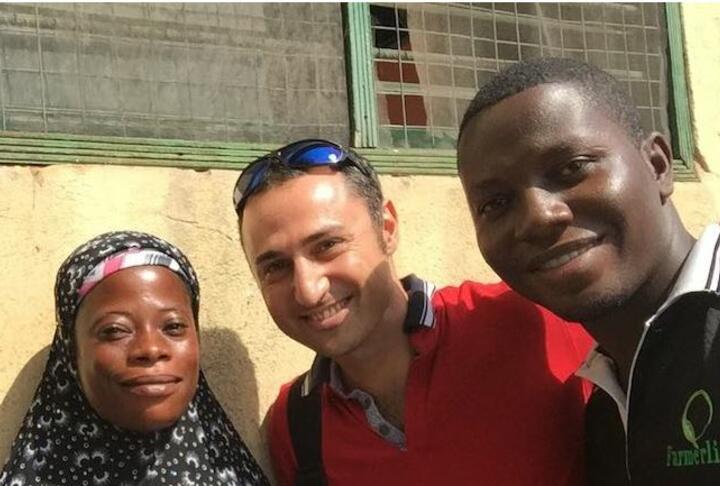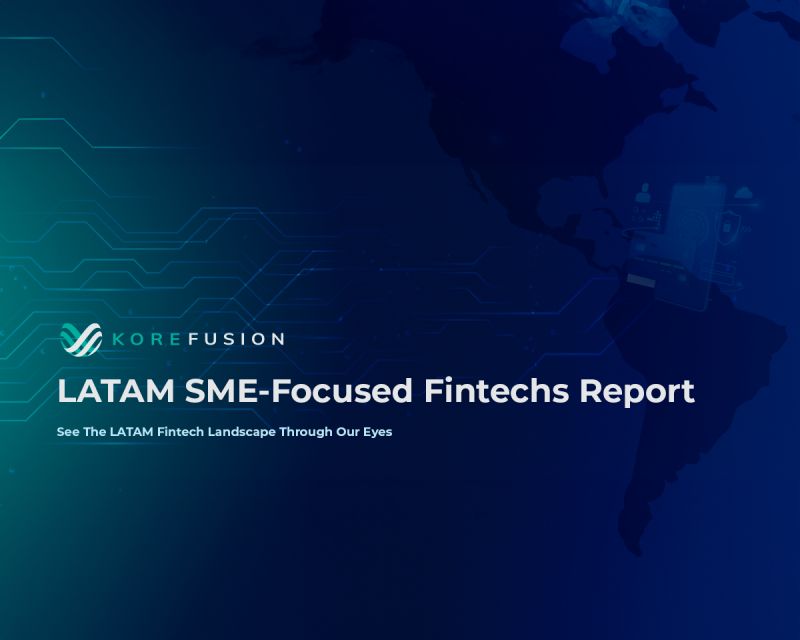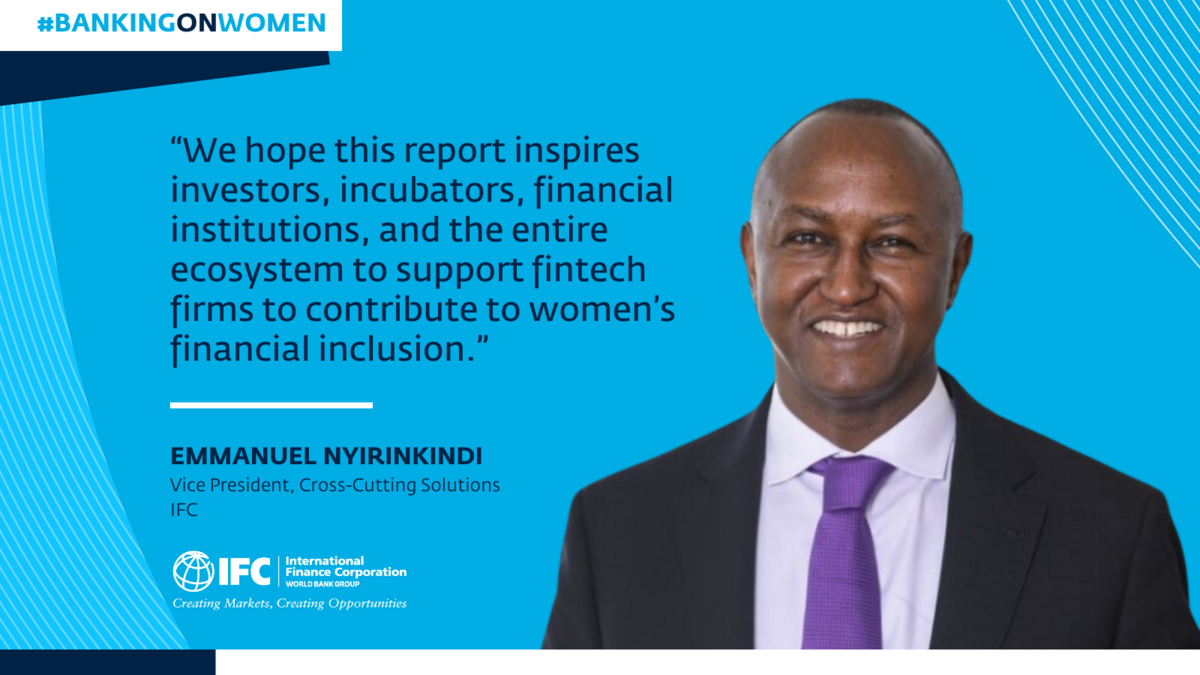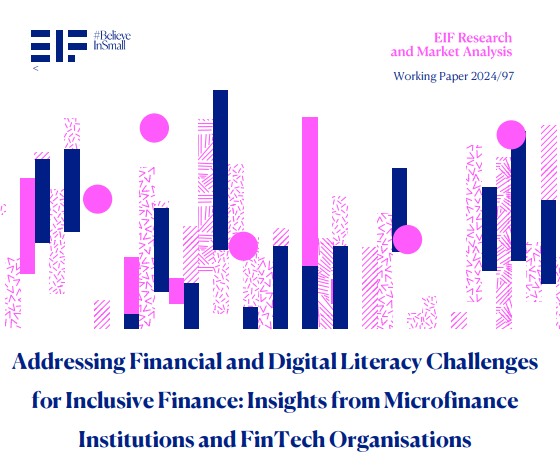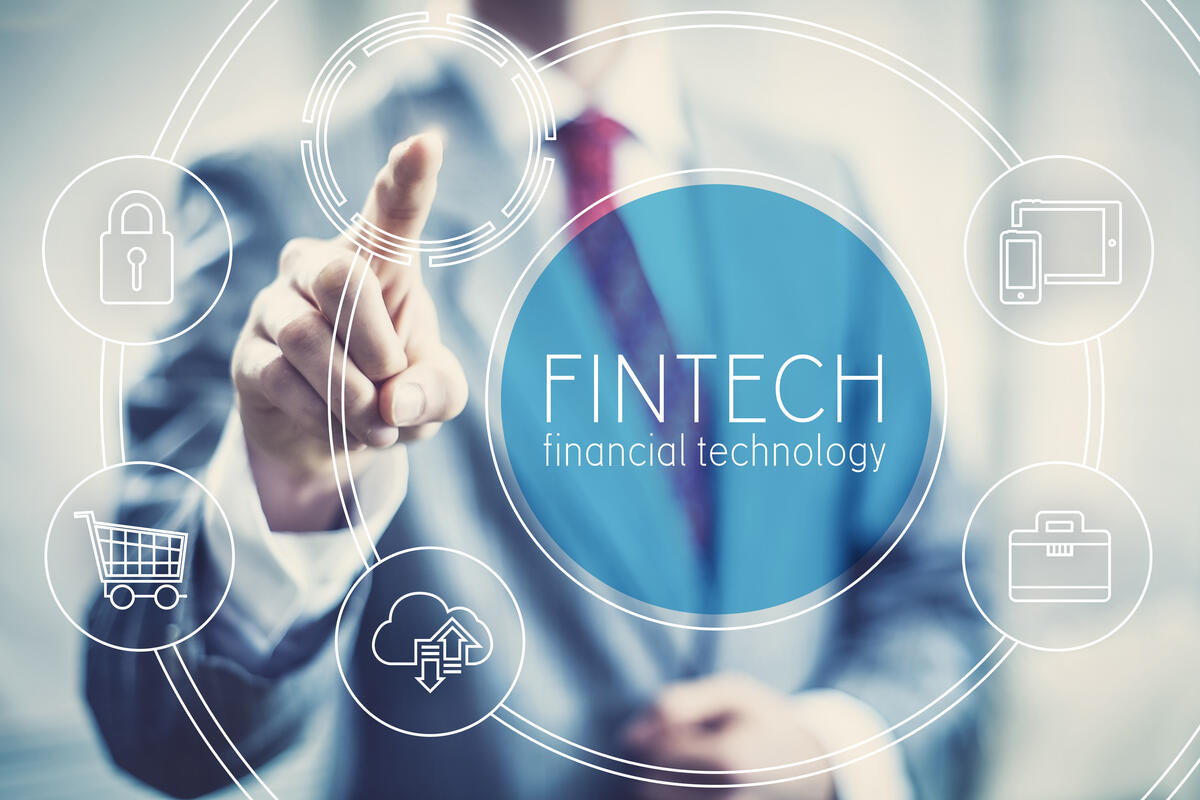During the past 10 years, the US, the UK and China have seen a rapid expansion of what has come to be called “alternative lending” – non-bank lenders using digital platforms to serve distinct niches such as consumers and SMEs, which have been ignored by conventional lenders. In these environments with rich data sets and developed capital markets, much of the funding for alternative credit has come from institutional or accredited investors who are treating these loans as a new asset class. Meanwhile, fintech models have also proliferated in most developing countries, but alternative lending has struggled to gain scale.
We have seen this firsthand over the past year through the experiences of some of the country partners of the FIBR project in Ghana. FIBR, a project by consulting firm BFA in partnership with The MasterCard Foundation, brings together fintechs and banks as partners to use networks of small businesses to deliver digital financial services to low-income customers. These networks include shops, clinics and even local schools that – along with their end customers – are often unserved by appropriate formal financial institutions.
FIBR’s thesis is that the spread of smartphones and resulting data should enable providers to develop and price new financial services, including alternative credit. Local tech companies have shown interest, hoping to leverage their natural advantages, such as connectivity to touch points and the ability to design and deploy new interfaces. However, it has not been easy to explore alternative lending through these interfaces. The main reasons include the difficulties of obtaining local funding, and the challenge of overcoming regulatory obstacles which force partnerships with financial institutions to provide credit, potentially limiting the flow and uses of data.


